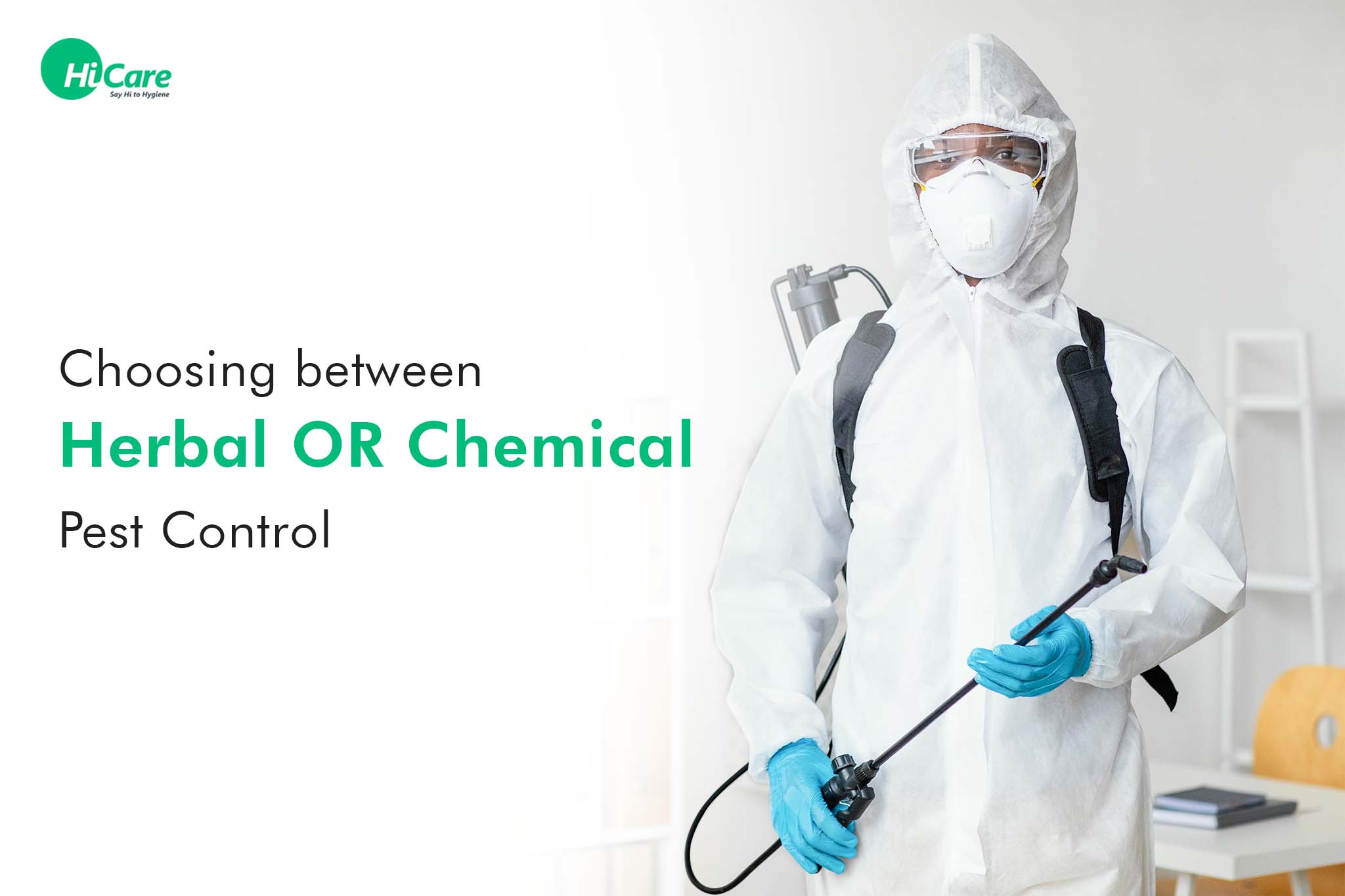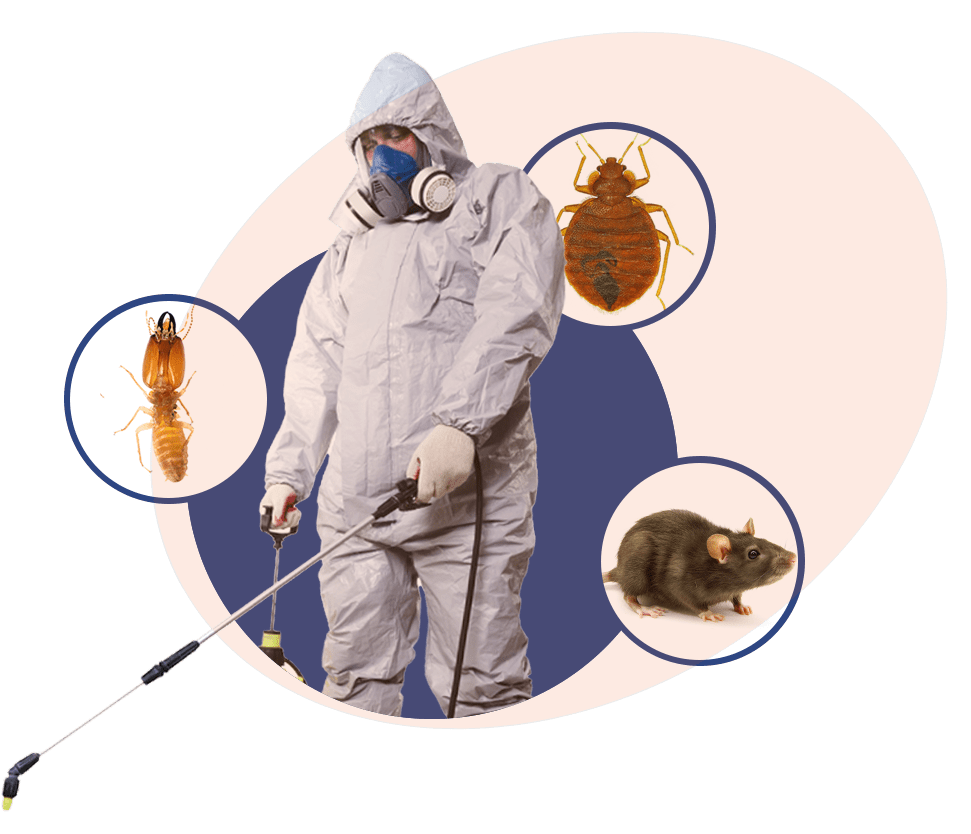Effective A1 Bed Bug Treatment in Charlotte - Safe and Proven Methods
Effective A1 Bed Bug Treatment in Charlotte - Safe and Proven Methods
Blog Article
Bed Insect Therapy Failure: Contrasting Chemical Vs. Non-Chemical Solutions
In the realm of bug control, especially when handling the consistent problem of bed bugs, the selection between chemical and non-chemical treatment services can be an essential one. Both techniques use unique advantages and downsides, influencing aspects such as efficiency, safety and security considerations, and general expense. By analyzing the nuanced information of each approach, a more clear understanding of which course to pursue in resolving a bed bug invasion can be acquired.
Effectiveness of Chemical Treatments
Chemical therapies for bed insect infestations have actually been extensively acknowledged for their fast and potent efficacy in eradicating these insects. When thinking about the efficiency of chemical therapies, it is important to recognize that they can provide a complete and fast option to a bed pest issue.
Moreover, chemical therapies have the advantage of offering residual effects, meaning that they can remain to get rid of bed insects even after the first application. This residual action is specifically valuable in combating any type of potential re-infestations. Furthermore, the rapid action of chemical therapies can bring relief to individuals facing serious bed bug invasions, permitting them to reclaim control of their space promptly.
Safety Worry About Chemical Solutions
One essential facet that calls for cautious factor to consider when using chemical options for bed bug therapy is making sure the safety and security of owners and the atmosphere. Exposure to particular chemicals used in bed insect therapies can lead to respiratory system issues, skin irritability, or various other unfavorable reactions, specifically in individuals with pre-existing problems or sensitivities.
Additionally, the ecological impact of chemical services is another significant factor to consider. Some chemicals made use of in bed insect therapies might be harmful to helpful pests, wild animals, and ecological communities if they seep right into the dirt or water systems. It is necessary to make use of chemical therapies carefully, following safety and security standards, and thinking about much less poisonous options to alleviate these dangers and make certain the risk-free and effective monitoring of bed pest invasions.
Advantages of Non-Chemical Techniques
Considering the prospective safety and security worries and ecological influence connected with chemical services for bed pest treatment, discovering non-chemical strategies provides an encouraging alternative with numerous unique advantages. Non-chemical therapies are ecologically friendly, as they do not add to air or water contamination, making them a sustainable option for parasite control.
Additionally, non-chemical remedies can be effective in targeting bed pests, including hard-to-reach locations where chemical therapies might not permeate - A1 bed bug treatment in charlotte. Approaches such as warm therapy, vacuuming, steam cleansing, and mattress encasements give comprehensive elimination without the use of dangerous chemicals.
Limitations of Non-Chemical Treatments

Furthermore, non-chemical therapies frequently need several applications to attain successful obliteration. This can be taxing and might not constantly assure total elimination of all bed pests and their eggs, specifically in hard-to-reach or concealed places.
Moreover, the success of non-chemical treatments heavily depends on appropriate application and thoroughness, which can be testing for people without professional competence. Inadequate application of non-chemical approaches might cause incomplete obliteration, bring about relentless invasions and the need for additional therapies.
For that reason, while non-chemical treatments have their advantages, it is important to recognize these limitations and consider them when determining the most reliable method for handling bed pest invasions.
Price Comparison: Chemical Vs. Non-Chemical Options
Provided the constraints associated with non-chemical treatments, an essential element to review in the context of bed insect monitoring is the cost contrast between chemical and non-chemical options. Chemical treatments typically entail the application of insecticides by specialists, which can vary from $250 to $900 per space, depending upon the intensity of the infestation and the size of the area to be treated. On the other hand, non-chemical treatments like warmth treatment or vapor can be much more pricey, with expenses ranging from $1,000 to $6,000 for a whole home. While the initial cost of chemical treatments might seem reduced, several therapies might be called for to totally eradicate the infestation, possibly enhancing the total price. On the other hand, non-chemical options might offer a much more lasting and eco-friendly option, although they can be cost-prohibitive for some individuals. Ultimately, when considering the price of bed pest treatment options, it is essential to evaluate the ahead of time expenditures against the effectiveness and lasting sustainability of the chosen approach.
Final Thought

Considering the prospective security issues and environmental influence linked with chemical services for bed bug treatment, checking out non-chemical techniques presents a promising alternative with purpose of pest control several distinctive advantages.Provided the limitations associated with non-chemical treatments, an essential facet to assess in the context of bed insect administration is the price contrast in between chemical and non-chemical choices. In contrast, non-chemical therapies like warmth treatment or vapor can be more pricey, with expenses ranging from $1,000 to $6,000 for an entire home. While the first cost of chemical treatments may appear lower, multiple therapies might be called for to completely remove the infestation, potentially raising the overall expense.In verdict, when comparing chemical and non-chemical bed pest therapy options, it is vital to think about efficiency, safety and security, advantages, restrictions, and price.
Report this page